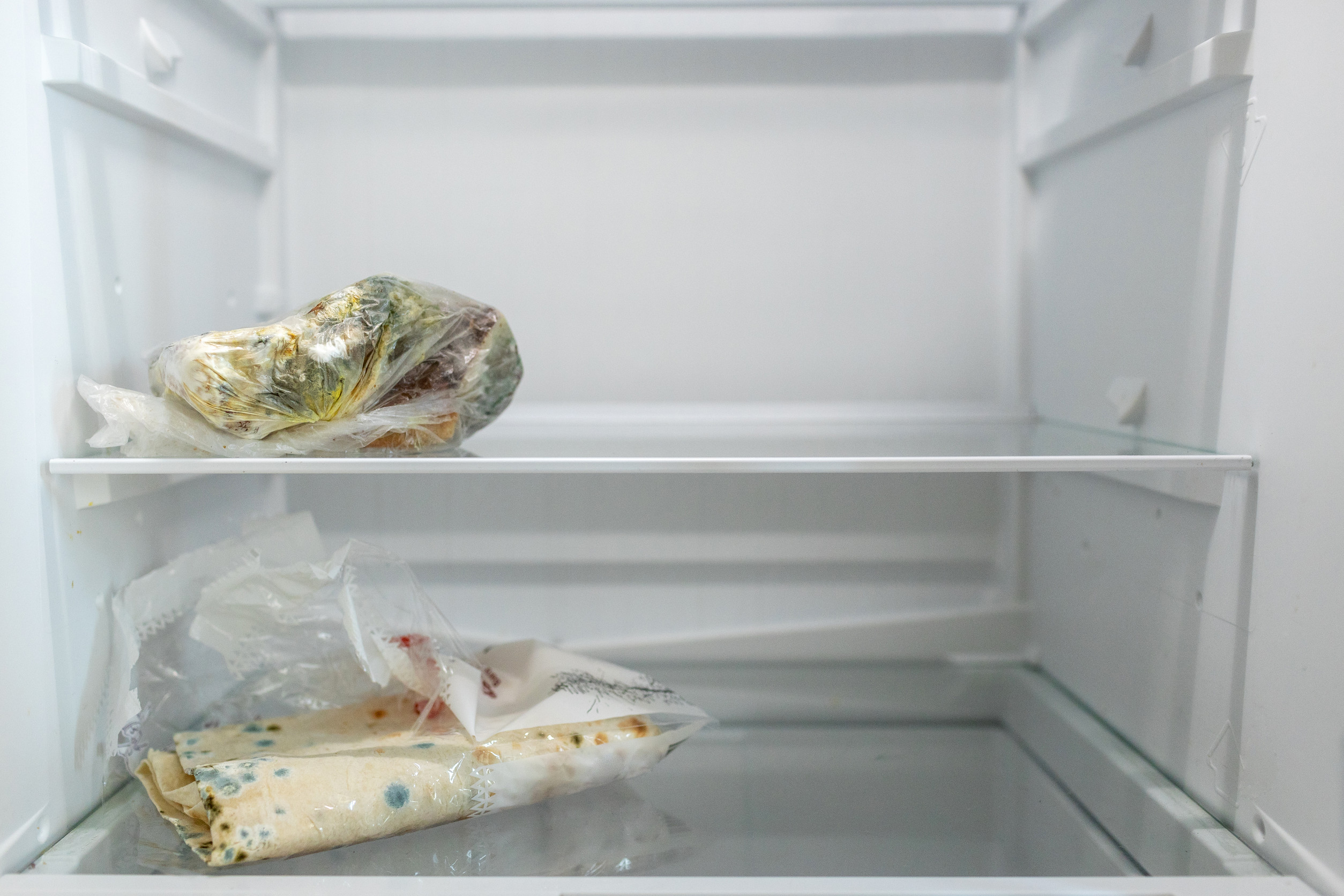
We’ve all been there. You take something out of the freezer, use a little, and then wonder—can I just toss the rest back in? While it might seem harmless, refreezing food after it’s been thawed and opened can lead to serious health risks. Bacteria love the temperature “danger zone” between 40°F and 140°F, and cycling food through that range gives them a chance to multiply. To help you keep your meals safe (and tasty), here are 10 refrigerated foods you should never refreeze once they’ve been opened.
1. Raw Meat and Poultry
Once raw meat or poultry has been thawed and exposed to air, refreezing it can be risky. As the temperature rises, bacteria like Salmonella and E. coli begin to grow rapidly. Even if you cook the meat later, toxins from those bacteria might remain. This is especially true if the meat has been sitting in your fridge for more than a day or two. If you’re not planning to use it immediately, cook it first before refreezing.
2. Seafood
Seafood spoils faster than most other proteins and should be handled with extra care. Whether it’s shrimp, fish, or scallops, once thawed and exposed to air, they start to break down. Refreezing seafood after it’s been opened or partially thawed can lead to a mushy texture and strong off-odors. Worse, it creates the perfect breeding ground for Listeria and other harmful bacteria. If you’re thawing seafood, be sure to cook it all or store it in the fridge for only a short time.
3. Soft Cheeses
Soft cheeses like brie, ricotta, goat cheese, and cream cheese don’t hold up well to refreezing. The texture turns grainy, and the moisture can separate, making them unappetizing and even unsafe. These dairy products are also vulnerable to bacteria, especially once opened. If you’re not planning to use a whole container, store it properly in the fridge and consume it quickly. Refreezing soft cheese is a major no-go in the world of refreezing food safely.
4. Milk and Cream
Freezing milk or cream is already tricky—and refreezing it after it’s thawed makes things worse. The fat and water tend to separate, leading to a weird, curdled texture that’s hard to fix. Even worse, bacteria introduced after opening can thrive in the creamy environment if it’s frozen, thawed, and refrozen. For best results, keep dairy cold and never refreeze once it’s been opened. Instead, consider freezing smaller portions if you can’t use it all at once.
5. Cooked Pasta or Rice
Cooked pasta and rice are notorious for growing bacteria like Bacillus cereus, which can survive reheating. Once thawed and opened, these starchy foods quickly become unsafe if they’re not eaten right away. Refreezing cooked pasta or rice increases the chance of food poisoning, especially if it’s been sitting at room temperature. Plus, the texture becomes mushy and unpleasant after multiple freeze-thaw cycles. It’s safer to cook only what you need—or freeze individual portions ahead of time.
6. Gravies and Cream-Based Sauces
Once opened and thawed, cream-based sauces and gravies should never be refrozen. The dairy content tends to separate, creating an unappetizing, clumpy mess when reheated. Worse, these foods are highly perishable and can spoil quickly after being exposed to air. Bacteria thrive in rich, creamy environments, and refreezing only gives them another opportunity to multiply. If you don’t plan to use all of it, refrigerate and finish within a day or two.
7. Egg-Based Dishes
Quiches, custards, and frittatas might freeze well once, but after opening or thawing, they’re best consumed right away. Refreezing can alter the texture dramatically, causing rubbery eggs and separated fillings. More importantly, egg-based dishes are high-risk for bacterial growth once they’ve been exposed to warm temperatures. For food safety and flavor, enjoy them while fresh. When it comes to refreezing food, eggs don’t get a second chance.
8. Deli Meats
Cold cuts and sliced deli meats are especially prone to spoilage after they’ve been opened. Moisture, air, and repeated handling make them a hotspot for bacteria like Listeria. While unopened packages may be safely frozen once, refreezing deli meats after they’ve been thawed is not recommended. The texture can become slimy, and the flavor turns sour quickly. It’s best to store them in the fridge and eat within a few days of opening.
9. Opened Canned Foods
Once you’ve opened a can—whether it’s beans, soup, or fruit—don’t try freezing the leftovers more than once. Canned foods are preserved in liquid, and once exposed to air, they spoil quickly. Refreezing can alter the taste and consistency and make them unsafe to eat. Instead, transfer any unused contents to a sealed container and refrigerate. When in doubt, toss it out.
10. Ready-to-Eat Frozen Meals
That frozen lasagna or TV dinner is fine the first time—but once thawed or opened, it should be eaten in full. Refreezing ready-made meals changes the texture and may introduce bacteria, especially if it’s sat out for a while. These meals are designed for one-and-done use, not multiple freeze-thaw cycles. If you know you won’t finish the whole thing, consider portioning before heating. Safe refreezing food practices don’t apply well to already-prepared items.
When In Doubt, Don’t Refreeze
It might feel wasteful to toss food, but protecting your health is always worth it. Refreezing food that’s already been opened or thawed increases the risk of spoilage and foodborne illness. Not to mention, it often ruins the texture and flavor anyway. Knowing which items are off-limits can save you from an upset stomach—or worse. Stick to safe storage habits, and your fridge will work for you, not against you.
Have you ever refrozen something and regretted it? Share your kitchen wins (or fails) with us in the comments below!
Read More
5 Things You’re Refrigerating That Should Stay in the Pantry
8 Items That Should Be Refrigerated But Often Aren’t in Stores
The post 10 Refrigerated Foods You Should Never Refreeze After Opening appeared first on Grocery Coupon Guide.







